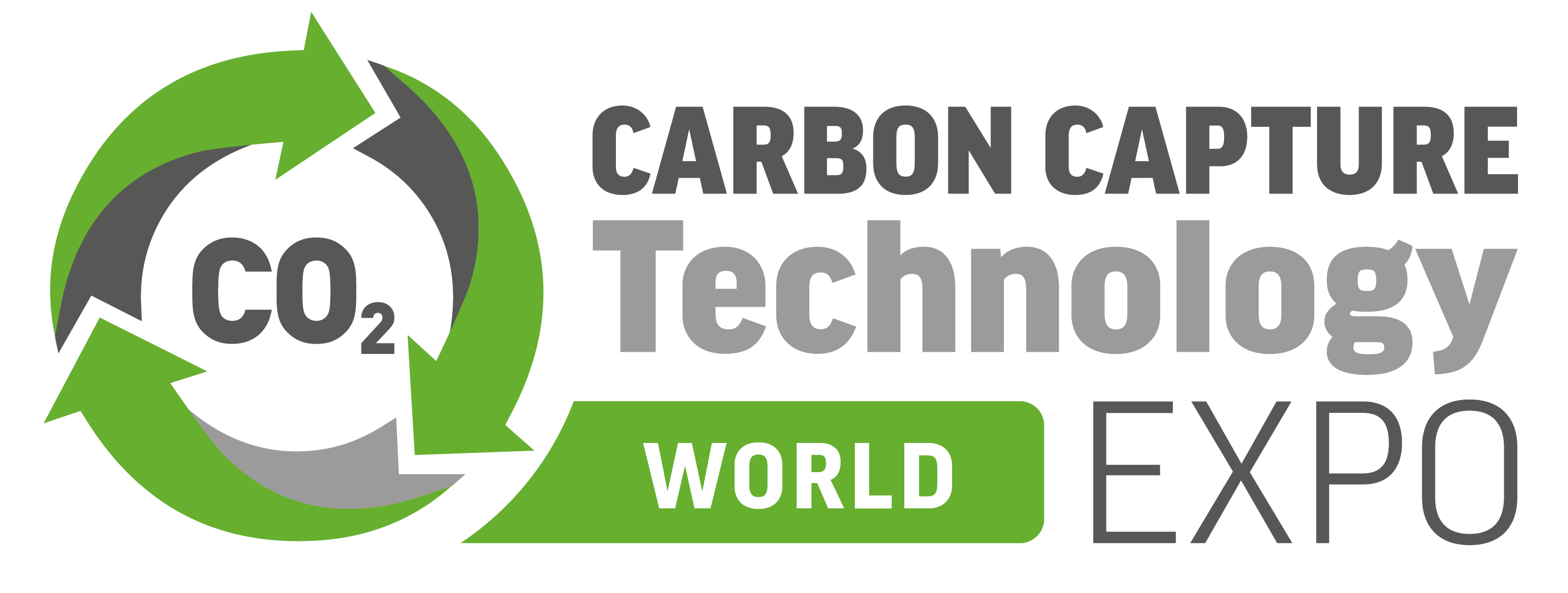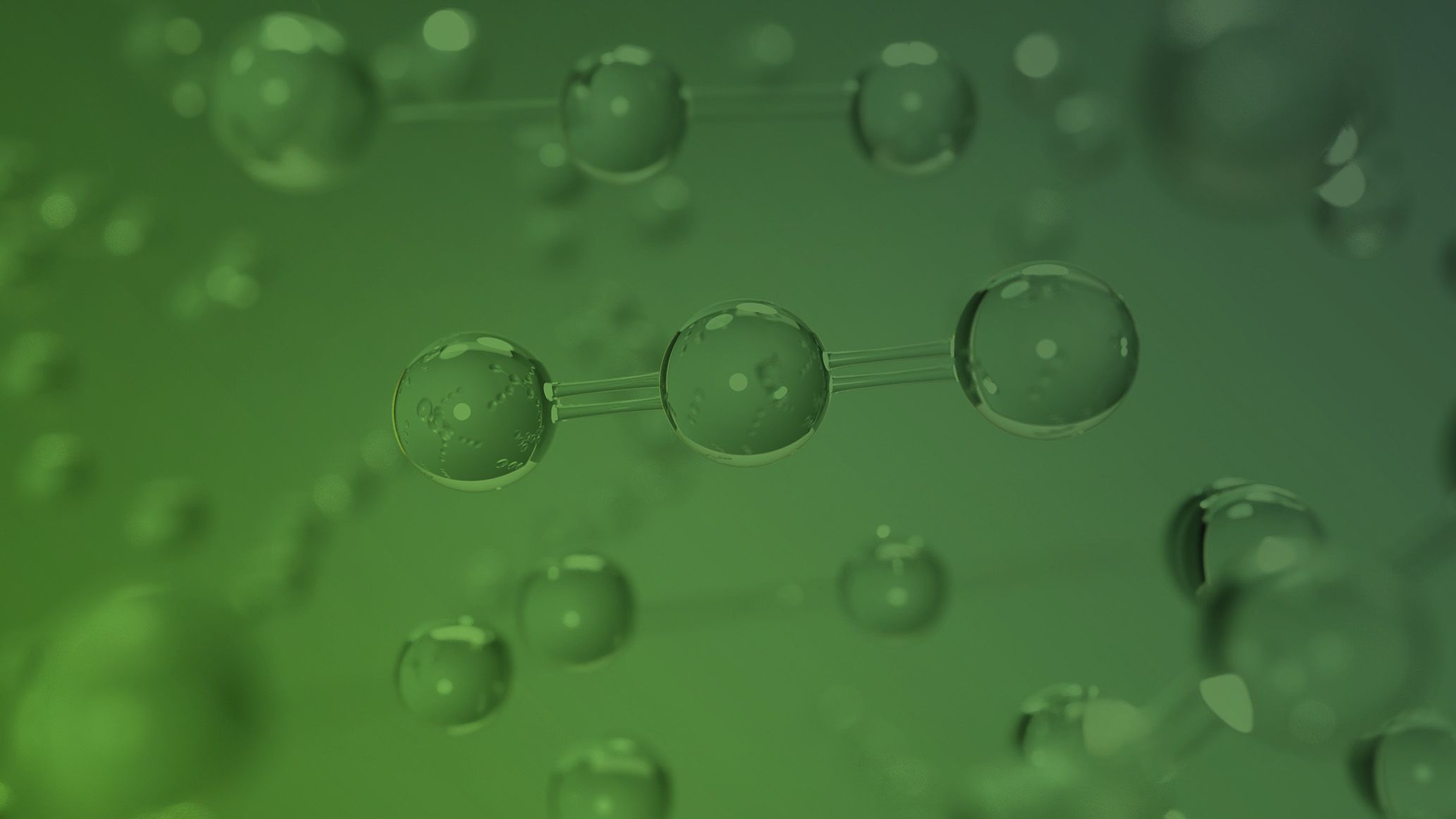Hydrogen and fuel cells: "Plastics hold high innovation potential"
)
Again and again, vehicles powered by hydrogen are the subject of public debate. However, if CO2 emissions worldwide are examined more closely, hydrogen could find its way as a sustainable alternative in the future, especially in global industries such as energy, transportation and logistics, and the manufacturing industries. These three branches are responsible for the majority of total CO2 emissions. We asked Daniel Hamburger, expert at MOCOM for hydrogen applications, why the hydrogen sector is becoming increasingly important for the plastics industry and how MOCOM is responding to the change.
Mr. Hamburger, what are the current developments in the hydrogen market?
As a result of the European Union's climate targets, many nations, including those outside the EU, have defined a clear hydrogen strategy. Its development is being funded by the EU for member countries with around 33 billion Euro. Currently, the demand for hydrogen in Europe is around 76 megatons per year. Based on the new strategy, this is forecast to rise to 600 megatons in 2050.
Why is hydrogen on the rise?
Currently, hydrogen is mainly produced from fossil resources such as coal, oil or gas, known as grey hydrogen. To limit the rise in the average global temperature to two degrees Celsius, CO2 emissions worldwide must be cut by at least half. And in the case of hydrogen, this can only be achieved if it is produced from renewable energies such as wind and solar power. This is known as green hydrogen. Another positive effect of hydrogen is that no CO2 is emitted in the conversion process to energy, only water steam is released. This makes hydrogen and the fuel cell attractive for many industries.
"This growing market is completely isolated from the current market environment"
In which industries and in which applications will hydrogen play a more important role in the future?
In industries such as the chemical industry, grey hydrogen has been used as standard for decades. Green hydrogen will be implemented in many sectors such as the steel, mobility, logistics industries and in energy supply in the next few years in the interests of climate protection as well as the diversification of energy supply and the associated subsidies. The first step here is the production of green hydrogen and the expansion of the subsequent value chain to the consumer.
What do you see as the biggest challenges here?
The biggest challenges are, on the one hand, building up the capacities to produce green hydrogen. And on the other hand, in the transport and storage technologies for hydrogen. The goal for the next few years will be to find cost-effective solutions.
What does the growth market around hydrogen mean for the plastics industry?
It is interesting that this growing market is completely isolated from the current market environment. The high subsidies and the urge to achieve the climate targets with the help of hydrogen are creating an increasingly expanding innovation environment. In this context, plastics hold a high potential for innovation in a wide variety of areas: Cost-effectiveness combined with a broad spectrum of material properties enable adaptation to a diverse range of requirements. In our view, plastics can be used above all in technologies in the production of hydrogen and in end-use applications. For example, plastics are often used in the area of so-called stacks, which are required for both electrolysers and fuel cells.
What requirements do plastics have to meet in order to be used in these technologies?
Let's continue with the example of stacks. In addition to mechanical stress, contact with various media such as water or hydrogen, oxygen and, in some cases, cooling media is also a requirement for the material. For this purpose, the material must be mechanically stable and creep-resistant but should not have a negative effect on the media coming into contact with it, e.g. through contamination by undesirable ions. These impurities lead to reduced efficiency and performance of the system. The highest possible resistance to ion leaching from the compound is therefore essential, especially for stacks in electrolysers, where a service life of up to 80,000 hours is required. This equals ten times the service life of fuel cells, such as those used in passenger cars.
Which materials from MOCOM can you highlight in this context?
MOCOM has developed a special portfolio of plastic compounds for these applications. These "FT-Fuel Cell Technology" grades are produced with special raw materials and additives as well as in special manufacturing processes with increased purity requirements.
For sealing applications, the TPV Alfater XL® FT offers various shore hardnesses and crosslinker systems. For cell frames, end plates, valves and pump parts the Tedur® L PPS FT is suitable and for applications in the temperature range below 75°C our Altech® PP FT is suitable. We are happy to advise our customers and partners on material selection and work with them to develop individual compound solutions for challenging application areas.
Daniel Hamburger is Business Development Manager E&E / General Industries at MOCOM. You can reach him by mail (daniel.hamburger@mocom.eu) or via LinkedIn.




)
)
)
)
)
)
)
)
)
)
)
)
)
)
)
)
)
)
)
)
)
)
)
)
)
)
)
)
)
)
)
)
)
)
)
)
)
)
)
)
)
)
)
)
)
)
)
)
)
)
)
)
)

)
)

)
)
)
)
)
)
)
)
)
)


)
)
)
)
)
)

)
)

)
)
)
)
)
)
)
)

)
)
)

)
)
)
)
)
)
)
)
)


)
)
)

